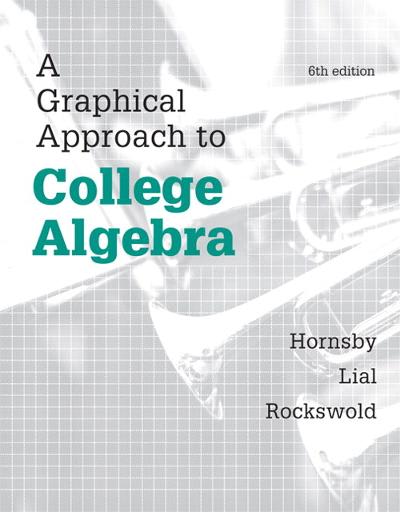Question
I want an explanation for this example Question 10 options: The average local cell phone call length was reported to be 5.81 minutes. A random
I want an explanation for this example
Question 10 options:
The average local cell phone call length was reported to be 5.81 minutes. A random sample of 18 phone calls showed an average of 6.88 minutes in length with a standard deviation of 1.33 minutes. At = 0.05, can it be concluded that the average local cell phone call length is more than the population average? Assume that the population is approximately normally distributed.
Perform the following steps of hypotheses testing and draw a conclusion.
1. State the hypothesis. Use these symbols >, <, =, (1 mark)
Ho:
Ha:
2. We should use --------- distribution. (fill in the blank using z or t)
3. Type of test: ------ tailed test (fill in the blank using left, right, or two
4. Find the critical value(s). Copy, paste and use if needed (2 marks)
Critical value(s) =
5. Test statistic or test value rounded to three decimal places =
6. Make the decision. Since the test statistics falls under the ------------------ region (Fill in the blank with these words: acceptance, or critical), we ---------- the null hypothesis. (fill in the blank with these words: reject, or fail to reject)
7.Summarize the results. Therefore, there is -----evidence to ------------- the given claim. (Fill in the blank with enough or not enough, and support, or reject)
Step by Step Solution
There are 3 Steps involved in it
Step: 1

Get Instant Access to Expert-Tailored Solutions
See step-by-step solutions with expert insights and AI powered tools for academic success
Step: 2

Step: 3

Ace Your Homework with AI
Get the answers you need in no time with our AI-driven, step-by-step assistance
Get Started


